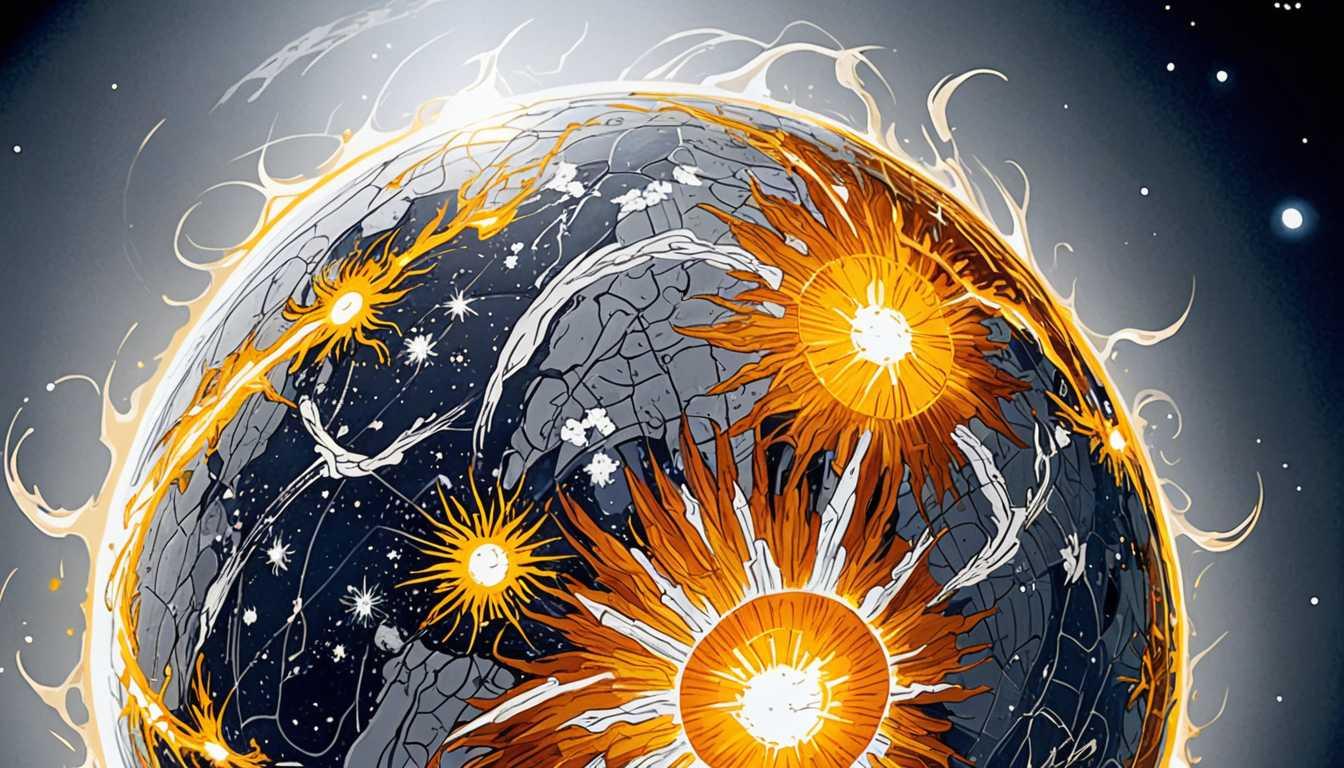Superconductivity: Iron Selenide's Secret
June 2023
Massachusetts Institute of Technology (MIT)
Introduction
Dive into the chilly world of superconductivity with MIT physicists who've uncovered how iron selenide, a material cooler than your freezer (we're talking -300°F!), enters a super-state allowing electrons to slide without friction. Forget the magnetic spin; these scientists found the real action is in the atomic orbitals, shifting the game in our hunt for high-temperature superconductors. This discovery could lead to tech marvels from feather-light MRI machines to trains floating on magnets. Ready to get super excited about physics?
READ FULL ARTICLEWhy It Matters
Discover how this topic shapes your world and future
Unraveling the Universe's Chilly Secrets
Imagine a world where trains glide silently across the country without touching the tracks, where electricity flows without losing any energy, and where MRI machines are so powerful and precise that doctors can spot health issues faster and more accurately than ever before. This isn't a scene from a sci-fi movie; it's the potential reality offered by superconductivity. Superconductivity is a state where certain materials can conduct electricity without any resistance, meaning no energy is lost in the process. This phenomenon usually occurs at very low temperatures, and understanding it could revolutionize technology as we know it. The discovery that the material iron selenide switches to a superconducting state through a unique process opens new doors for creating superconductors that work at higher temperatures, making them more practical for everyday applications. This breakthrough could lead to advancements that would not only enhance current technologies but also pave the way for innovations we've yet to imagine. For you, this could mean living in a world where technology is even more seamless and efficient, thanks to the chilly secrets of superconductivity.
Speak like a Scholar
Superconductivity
A phenomenon where certain materials can conduct electricity without any resistance at very low temperatures.
Nematic transition
A change in the structure of a material where its atoms or molecules align in a specific direction, affecting its electronic properties.
Orbital energy
The energy levels that an atom's electrons can occupy. Changes in these levels can significantly affect a material's properties.
Magnetic spin
A quantum property of electrons that gives them a magnetic moment. In some materials, spins align in a coordinated way, affecting the material's magnetic and electronic behavior.
X-rays
A form of electromagnetic radiation used in research to observe the atomic and molecular structure of materials.
Electron flow
The movement of electrons, which is the basis of electricity. In superconductors, electrons flow without any resistance.
Independent Research Ideas
Exploring the universe in a lab
Investigate how studying superconductivity helps us understand cosmic phenomena, like the magnetic fields of neutron stars. This could bridge the gap between solid-state physics and astrophysics in fascinating ways.
The future of transport
Dive into how superconductivity could transform public transportation through magnetically levitated trains. Analyze the challenges and potential environmental impacts of implementing this technology worldwide.
Art meets science
Create an art project that visualizes the concept of superconductivity and the nematic transition. This interdisciplinary approach can help make complex scientific concepts accessible and engaging to a wider audience.
Superconductors and sustainable energy
Research how superconductors could be used to improve the efficiency of renewable energy systems, potentially leading to breakthroughs in how we store and transmit energy.
The role of temperature in superconductivity
Conduct an experiment or simulation to understand how temperature affects superconductivity in different materials. This could contribute to the search for high-temperature superconductors, making them more practical for everyday use.
Related Articles

Light's Quantum Leap in Time
April 2023
Imperial College London

Racing Solar Storms: Saving Satellites
April 2024
MIT Technology Review
Silicon's Atom-Thin Revolution
January 2023
Massachusetts Institute of Technology (MIT)

Physics on Ice: Skating's Hidden Science
February 2018
Smithsonian Magazine

Mars: Unveiling the Core's Mysteries
April 2023
University of Bristol